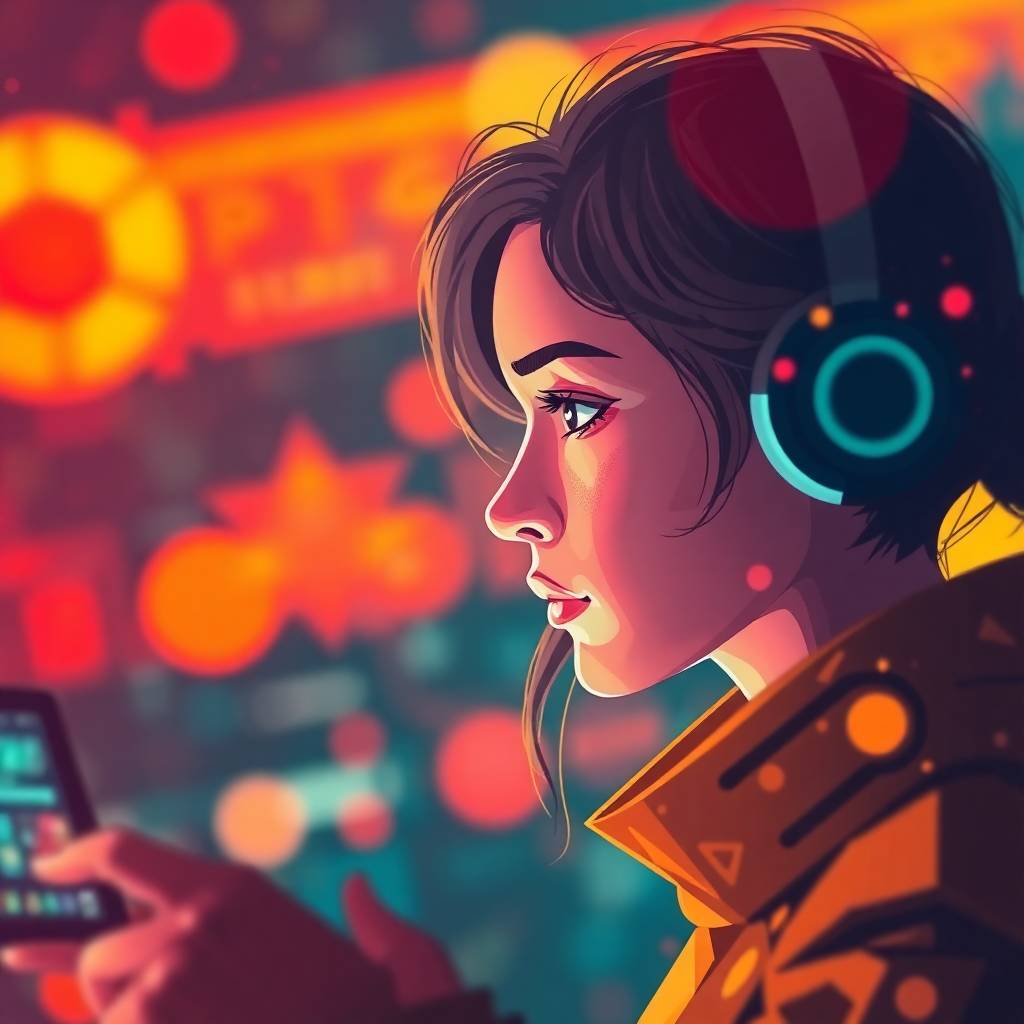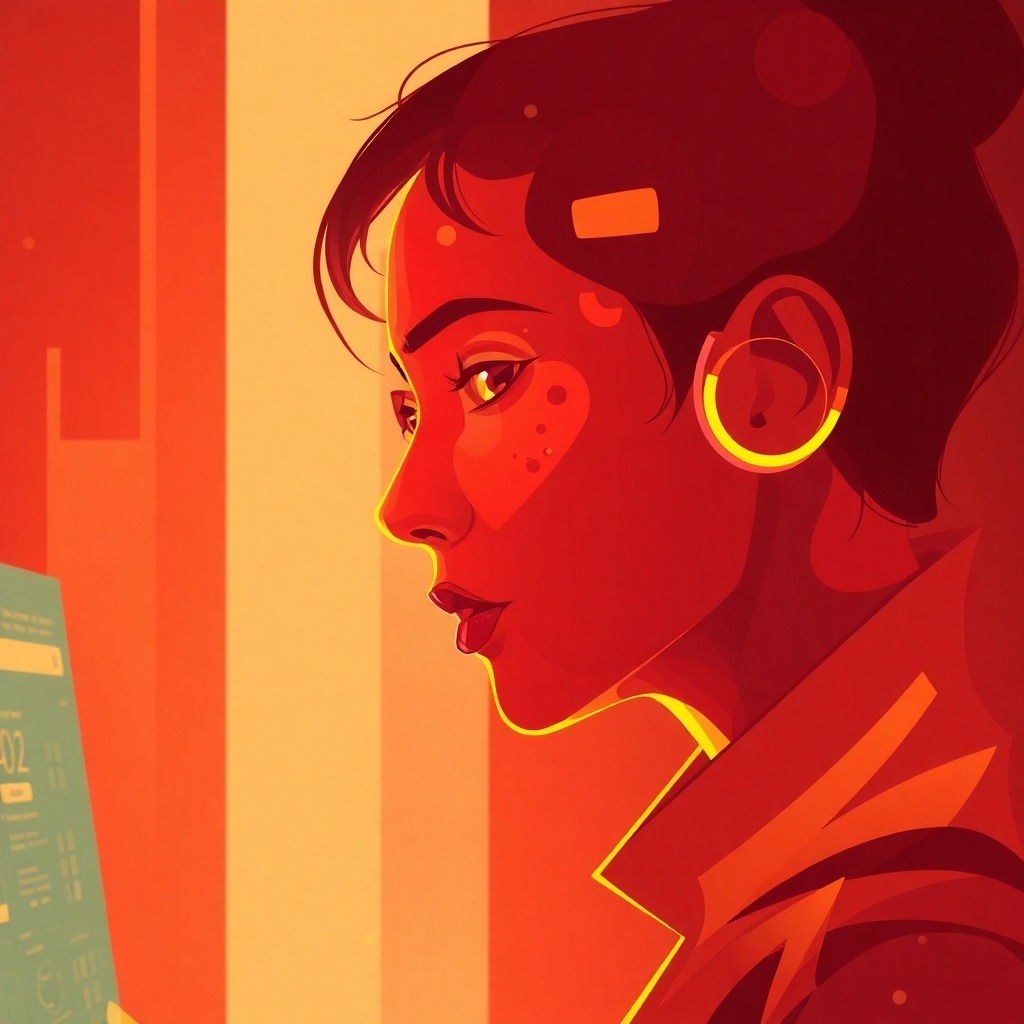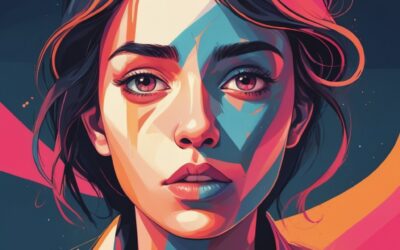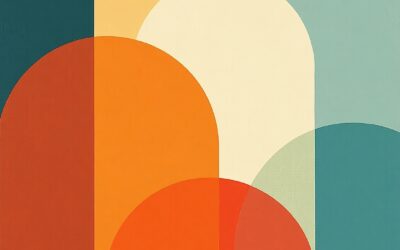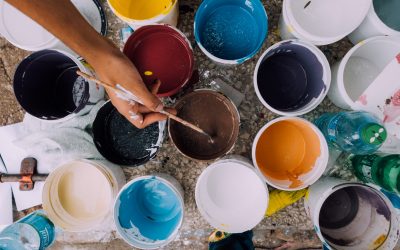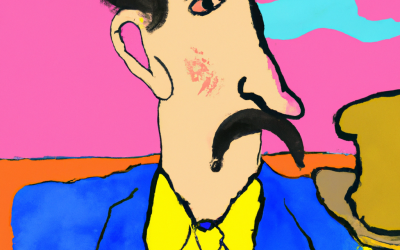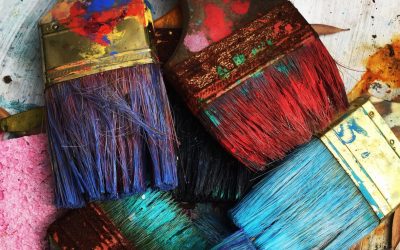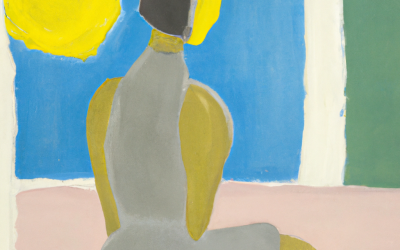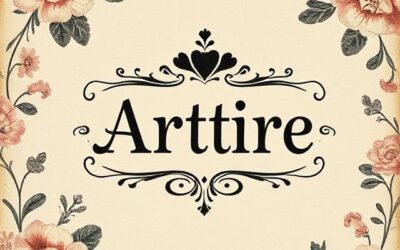Let’s be honest: being an artist in the digital age feels like signing up for a job in both the Louvre and a Las Vegas casino. One moment you’re sketching in silence, channeling the muses; the next, you’re caught in a vortex of Instagram likes, Pinterest boards, algorithmic despair, and Canva popups.
Welcome to the era of managing digital fatigue — artist edition.
It’s like regular burnout, but with more tabs open and less paint on your hands.
What Is Digital Fatigue and Why Are We All Quietly Screaming Into Our Coffee?
Digital fatigue is that very specific breed of burnout that comes from too much time spent staring at screens. It’s not just eye strain and brain fog — it’s that gnawing sense of creative depletion you feel after your sixth failed attempt to make a Reel go viral.
For artists, it’s extra sneaky. You’re not just using screens to doomscroll — you’re editing portfolios, answering emails, updating websites, making online courses, and trying to build an “engaged audience” that may or may not be made of bots.
The result? Your inner creative hermit starts dreaming of a log cabin in the woods, where no one asks for digital content calendars or high-res JPEGs.
How to Know You’ve Hit the Digital Wall
If you’re experiencing any of the following, congratulations! You might be ready to file a restraining order against your devices:
-
You open Photoshop and instantly forget why you did.
-
You spend more time resizing images than actually making art.
-
The idea of posting another “behind-the-scenes process shot” makes you want to yeet your phone into the ocean.
-
You haven’t touched real paint in a week because you were “optimizing your funnel.”
These are all signs it’s time to start managing digital fatigue before it manages you.
Step One: Reclaim Your Analog Joy
Remember your hands? The ones that used to hold brushes instead of mice?
They miss you.
Start small:
-
Sketch in a real sketchbook.
-
Write ideas down with a pen.
-
Touch some actual paper (don’t worry, it won’t crash).
Getting off the screen — even for ten minutes — reconnects you with your senses and reminds your brain that creativity is not something you download.
Bonus: Paper doesn’t send push notifications.
Step Two: Make Your Digital Life Less Annoying
Managing digital fatigue isn’t just about detoxing — it’s about decluttering the chaos.
-
Batch your screen tasks: Do all your social media work on one day, then forget about it for a few.
-
Turn off non-essential notifications: If your phone pings every time someone breathes on your website, it’s too much.
-
Unsubscribe aggressively: If you haven’t opened that newsletter in six months, it’s not helping your art career.
Create boundaries between your creative self and your “please engage with my content” self.
Step Three: Create More Than You Consume
Digital fatigue often comes from input overload — too much scrolling, watching, comparing, and analyzing.
Flip the script.
Give yourself a challenge: for every hour spent online, spend an hour making something.
Even if it’s silly. Even if it’s just doodling weird cats in the margins of your planner.
When you make more than you consume, your inner artist breathes a sigh of relief and whispers: Finally. We’re doing what we came here for.
Step Four: Build Rituals That Ground You
When the digital world starts to feel like a caffeine-fueled circus, build rituals that remind you of your body, your breath, and your paint-stained purpose.
-
Morning pages (yes, they still work)
-
Five minutes of breathing before opening your laptop
-
Lighting a candle before creative time
-
Taking walks without headphones
These small acts restore your attention — so you’re not operating like a glitchy app running 53 background processes.
Step Five: You Don’t Have to Be Online All the Time
This one’s hard, but it’s the truth.
You don’t have to show up every day on social media to be a successful artist.
You don’t need to sacrifice your sanity at the altar of content.
Creativity thrives in silence, in boredom, in awkward pauses where ideas can stretch their legs.
Managing digital fatigue means reclaiming those awkward pauses — and learning that doing less can sometimes lead to more.
Unplug to Plug In (to Yourself)
Your creative work deserves more than your last 5% of energy after doomscrolling.
By managing digital fatigue, you’re not rejecting the digital world — you’re just putting it in its place. A helpful tool. Not a tyrant overlord.
So go ahead. Shut the laptop. Power down the tablet. Walk outside without tracking your steps.
Your art will thank you.
Your nervous system will thank you.
And weirdly, your ideas might start flowing again — like they used to, back before we all had 12 browser tabs open and no idea what we were doing.


